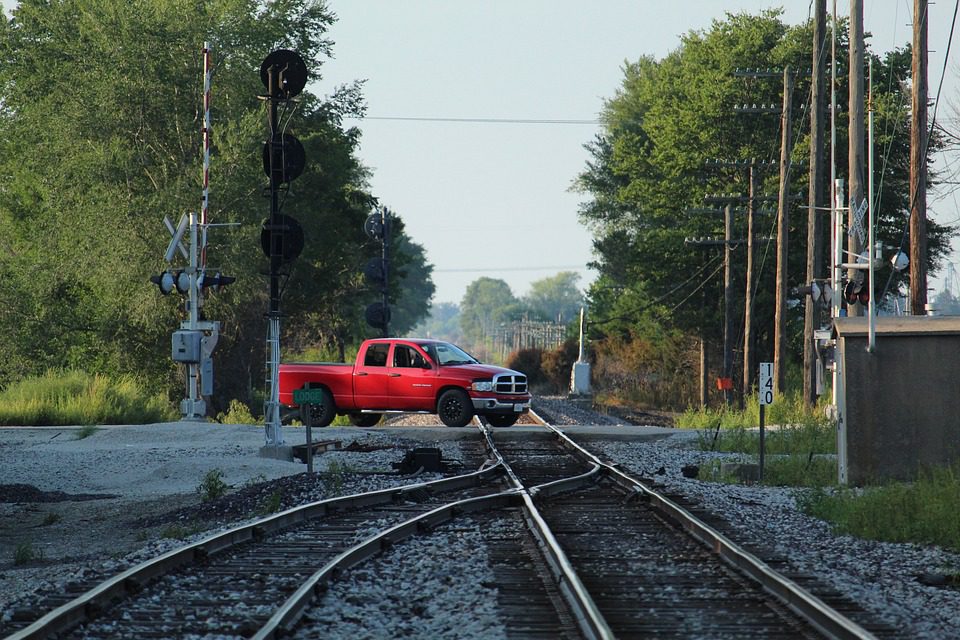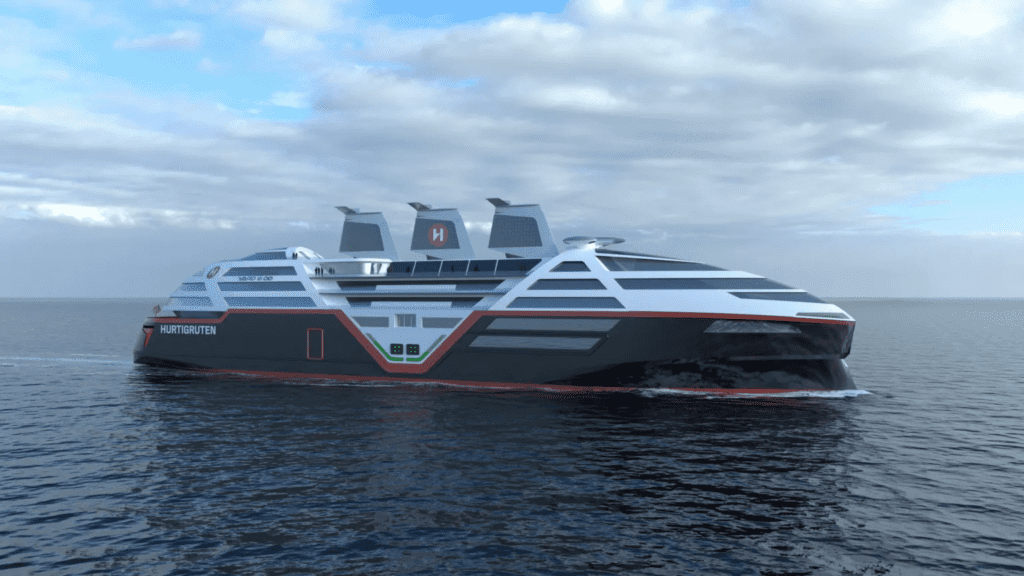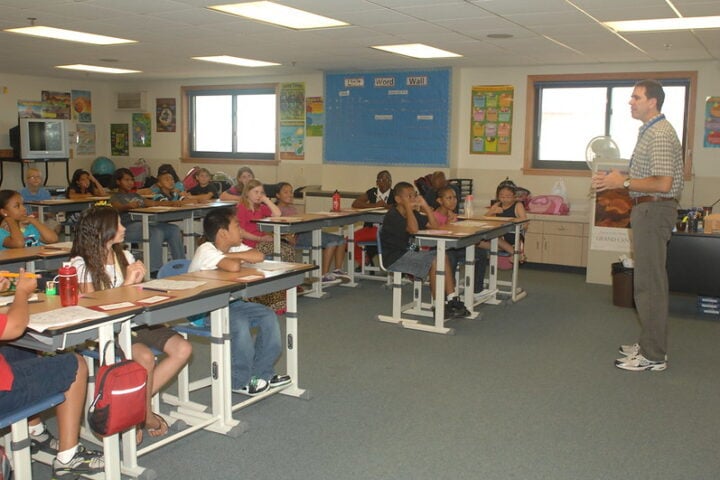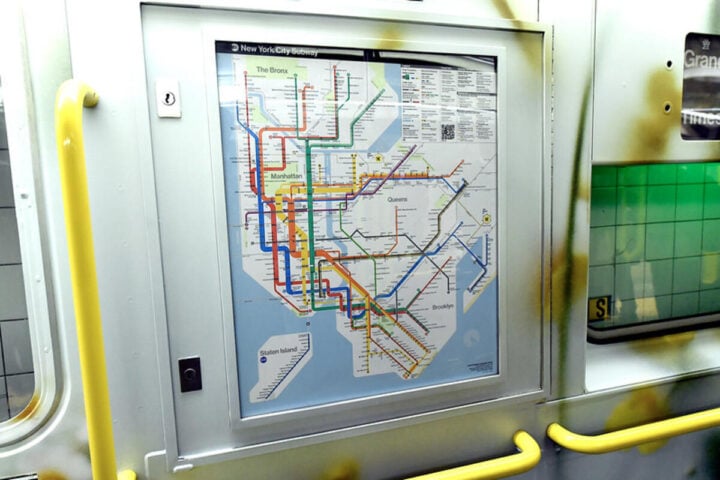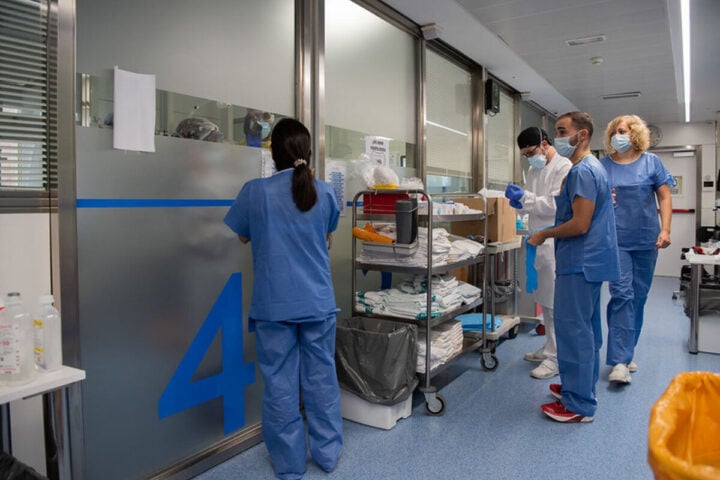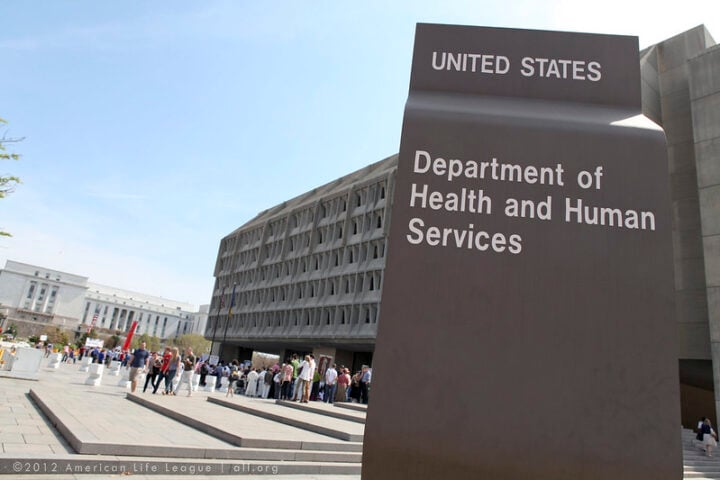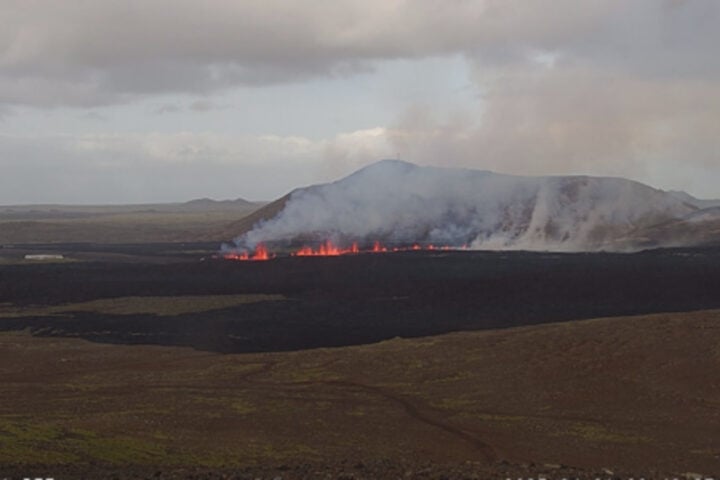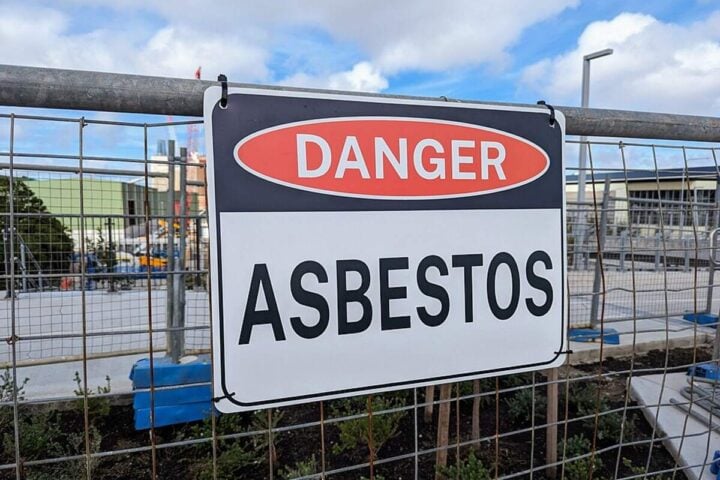Federal officials in the US are allocating millions of dollars to address dangerous intersections where trains and cars meet. The administration of Joe Biden has committed $570 million in infrastructure spending to replace, improve, or study grade crossings. The aim of these efforts is to reduce the approximately 2,000 train-vehicle collisions that occur each year, resulting in about 200 fatalities. With these initiatives, congestion at intersections, where trains block traffic, will also be alleviated. With over 9,000 lasting longer than an hour, the federal Transportation Department has received reports of nearly 26,000 blocking incidents in the last year. The plan of the Federal Railroad Administration is to allocate the funds to 34 projects, with a particular focus on addressing grave crossing blockage complaints in Texas.
Areas where roadways intersect with or cross railroad tracks at the same level are referred to as grade crossings. The use of longer trains by the rail industry to reduce costs has led to the need to eliminate many railroad crossings. The administration of Joe Biden is distributing $570 million in grants across 32 states to help eliminate these crossings. In order to build bridges or underpasses at more than three dozen crossings that cause traffic delays and hinder first responders, the grants will be used. Trains exceeding 2 miles in length can block crossings for hours, limiting access to certain areas and forcing pedestrians to navigate through trains at their own risk in some locations.
Similar Post
Pete Buttigieg, US Transport Secretary, emphasized the negative impact of blocked crossings on daily life, such as delayed work commutes, hindered transportation of goods, and first responders being unable to reach emergencies promptly. The train blockages have resulted in tragic consequences, including the loss of a 3-month-old baby’s life due to an ambulance delay. Another significant concern is car-train collisions, with approximately 2,000 incidents reported annually, resulting in around 250 deaths. A specific case, cited by Buttigieg, involved a woman in California who lost her life after being trapped on the tracks due to backed-up traffic. Relying on fewer, longer trains to reduce costs and improve efficiency, the freight rail industry has undergone operational changes.
Although the railroads maintain that these changes have not compromised safety, regulatory bodies and Congress are closely monitoring their operations following recent high-profile derailments. The infrastructure law for rail crossing projects over the next 5 years provides for a larger $3 billion in funding, including $570 million in grants approved by the Biden administration. The majority of the funds will be used for physical improvements and the resolution of existing problems, while some grants focus on planning and design work for future crossings. A visit by Secretary Buttigieg to Grand Forks, North Dakota, highlighted a $30 million grant aimed at improving access to the local hospital and eliminating a dangerous crossing that has been a concern since 1991.
Elimination of the risk of train-car collisions and provision of unimpeded access for first responders are the results of the closing of the crossing in Grand Forks. An approximate $37 million grant will help Houston, which has one of the highest numbers of rail crossing deaths in the nation, eliminate four crossings and improve pedestrian safety. Known as the Iron Triangle due to being surrounded by train tracks, Fostoria, Ohio, will receive a $7.2 million grant to construct a new bridge, enhancing access and safety for residents. Often with the assistance of railroads, the grants require states and cities to contribute at least 20% of the project costs.
